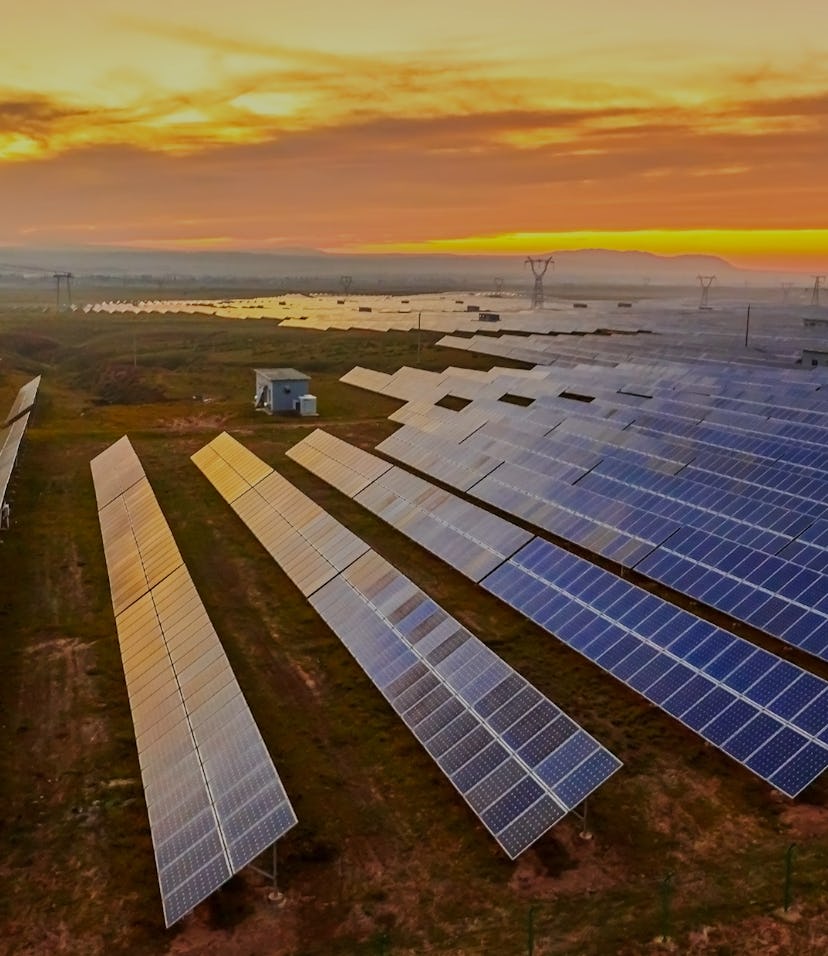Gray Skies
The most promising locations for solar energy may be facing a big problem
Climate change strikes again.

Solar energy is arguably the most promising resource at the moment as the world looks toward greener power options. Sunlight is ever-abundant and the technology to harness it is only getting better. It is the poster child of a low-emissions future — but a new study out of Princeton University suggests it may run into some unforeseen problems as climate change progresses.
As global temperatures rise, researchers found that the amount of sunlight reaching the surface in some areas on a day-to-day basis could decline. The affected regions? Exactly those we’ve been eyeing as some of the highest potential solar energy producers.
More fluctuation, less reliability — Based on satellite data and climate models, the study published in the journal Nature Communications suggests that hot, arid locations like the Middle East and the Southwest U.S. will see a rise in cloudy days thanks to rising surface temperatures. And more clouds means less solar radiation making its way to the ground level. If that’s the case, these locations may not be quite the solar energy oases they once seemed — at least, not all the time.
First author Jun Yin, a researcher at Nanjing University of Information Science and Technology, said in a statement that the results “point out that in some places there is going to be more uncertainty in day-to-day variability."
We can work with this — Rising temperatures could cause the atmosphere to hold onto more moisture, leading to more cloud cover, and the drying of soil spells more dust and aerosols kicked up into the sky. All that adds up to darker skies, which stands in the way of solar radiation reaching the surface. Don’t let a little uncertainty kill your dreams of a solar-powered future, though. Rather, being equipped with more nuanced predictions could help affected regions more effectively plan for the unexpected.
“Our results could help in designing better solar power plants and optimizing storage,” said corresponding author Amilcare Porporato, from Princeton, “while also avoiding the expansion of solar power capacity in areas where sunlight intermittency under future climate conditions may be too high to make solar reliable.”